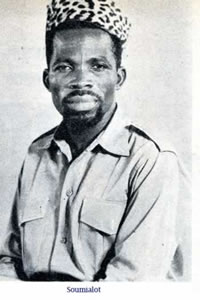
Initially captive in Bavaria, Gaston Castel benefited in 1916 from an exchange of prisoners that allowed his transfer to Montreux (Switzerland) where he completed his convalescence.

Mobilized on August 9, 1914, after two months on the front, he was seriously wounded during an assault: on September 26, he lost his ear and his right eye. The First World War irreparably overturned the destiny of Gaston Castel, making the young man a broken Face. He created a first agency in Paris, the «Trois Arts» agency with the architect Paul Tournon (1881-1964), the painter François Carrera (1889- ?) and the sculptor Antoine Sartorio (1885-1988).

Despite an impressive number of awards (more than ten medals and as many prizes), Gaston Castel does not obtain the supreme distinction – the Grand Prix of Rome – but a second Grand Prix which, if he does not open the doors of the Villa Medici, however, it allows him to claim an official career. Received in January 1906, he studied successively at the Ecole régionale d'architecture de Marseille of which he was one of the first students (Eugene Sénès workshop, from January to October 1906), then at the ENSBA in Paris (from October 1906 to November 1917 with a break during the war, Louis Bernier workshop) of which he graduated in 1917 after a brilliant curriculum. After having been a pupil of the Ecole Normale d'Aix-en-Provence and having validated the first part of the baccalaureate, he prepares, from 1901, the entrance examination of the architecture section of the Ecole Nationale et Spéciale des Beaux-arts de Paris (ENSBA) within the architecture class of the Ecole des Beaux-arts de Marseille.

Originally from Pertuis (Vaucluse), sons and grandsons of fountainers and building contractors, Gaston Castel was destined very early for architecture.


 0 kommentar(er)
0 kommentar(er)
